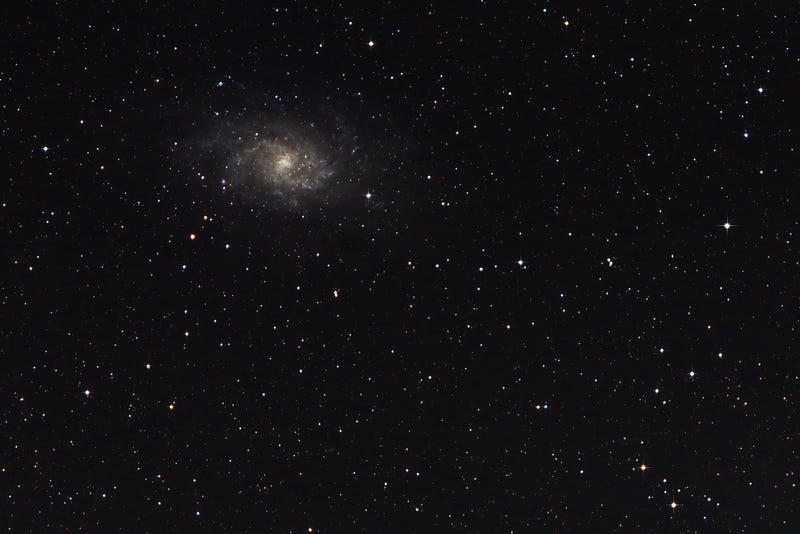Exploring the Intersection of Science and the Paranormal
Written on
Chapter 1: The Nature of the Paranormal
The concept of the paranormal encompasses phenomena such as Bigfoot, aliens, and ghosts, often dismissed as mere fantasy. Yet, could these ideas be misinterpreted realities due to our limited understanding?

Section 1.1: Aliens – Fact or Fiction?
Many tales circulate about alien abductions and notable incidents like the Roswell UFO crash. While the vastness of the Milky Way, stretching 100,000 light-years, suggests such journeys are implausible, consider how perceptions have evolved over time. Just a few centuries ago, the idea of transporting hundreds of people across the country in a single day would have seemed ludicrous. Yet, we accomplish this routinely today.
Subsection 1.1.1: Bigfoot – Myth or Reality?
Despite numerous reported sightings of Bigfoot, concrete evidence remains elusive. Enthusiasts have scoured the wilderness for decades without discovering hair, scat, or remains. It’s possible that many sightings result from misidentification. While the existence of Bigfoot appears doubtful, the discovery of definitive evidence could certainly challenge that assumption.
Section 1.2: Ghosts – Spirits or Shadows?
Ghosts are often perceived as the remnants of deceased individuals. Personally, I believe that upon death, souls transition to a better place rather than linger in abandoned sites. To date, credible proof of ghosts has not surfaced.
Chapter 2: A Universe Within a Teacup
The phrase "the universe in a teacup" transformed my perspective on reality. As the universe expands, if we trace back its history, it could theoretically shrink to fit within a teacup! While I couldn't pinpoint the origin of this phrase, I found an insightful article by Ethan Siegel in Forbes discussing the universe's size at the moment of creation. He notes that the observable universe was likely between 17 centimeters and 168 meters just seconds after the Big Bang.
Our galaxy, the Milky Way, spans 100,000 light-years and contains an estimated 100 billion stars, including our sun. With around 100 to 200 billion galaxies in total, how could such vastness fit into a teacup? It seems science often reveals realities that are far more astonishing than the paranormal.

Section 2.1: The Evolution of the Impossible
Concepts once deemed impossible, like heavier-than-air flight, are now commonplace. Electricity provides us with light and warmth, surpassing what our ancestors could have imagined. Consider the telephone: it allows communication over vast distances without the need for shouting. What was once perceived as paranormal is now simply part of our daily lives.
Section 2.2: The Human Quest for Understanding
Humans have an innate desire for answers. In the absence of knowledge, we often construct myths and folklore to fill the gaps. While these narratives may not always be accurate, they serve as placeholders for our questions.
Chapter 3: Embracing the Unknown
Three essential words can unlock the door to learning: "I don't know." If we cling to fabricated answers, we hinder our capacity for growth. The reality is that our knowledge is but a fraction of what exists. By acknowledging our ignorance, we open ourselves up to exploration and understanding. Just because something lies beyond our current grasp doesn't make it paranormal; it simply reflects our lack of comprehension.